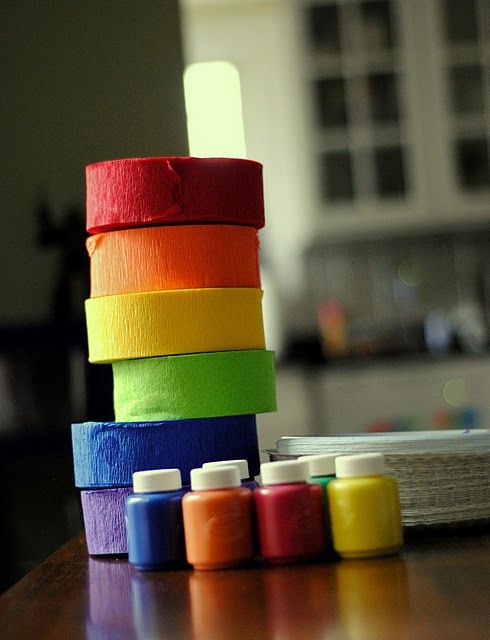
NewsInformation Center
What are the three anti-performance tests of textile fabrics?
2023/03/13
The three-proof performance test of textile fabrics refers to the waterproof performance, oil-repellent performance, and easy decontamination performance, commonly known as "three-proof". Water resistance refers to the resistance of textile fabrics to wetting and penetration by water. Oil repellency refers to the resistance of a textile fabric to the absorption of oily liquids. Ease of decontamination refers to the ability of the textile fabric to be easily removed by ordinary washing or wiping after it is contaminated.
Test method for three-proof performance of textile fabrics: water repellency test
The test method for hydrocarbon resistance is used to evaluate textile fabrics on various surfaces. Evaluate the moisture resistance of textile fabrics to determine the effectiveness of low energy surface protection finishes on various types of textile fabrics.
Drop the standard test solution on the surface of the textile fabric, and observe the conditions of wetting, adsorption and contact angle. The grade of water repellency is the highest grade of non-wetting textile fabric surface test solution (the grade is divided into grades 0~8, and grade 8 has the best water repellency).

Test method for three-proof performance of textile fabrics: anti-fouling test
GB/T30159.1-2013 "Testing and Evaluation of Antifouling Performance of Textiles Part 1: Stain Resistance". The standard is divided into liquid contamination method and solid state contamination method. The test principle of the liquid contamination method is to add the specified liquid dirt on the surface of the sample placed horizontally, observe the wetting, wicking and contact angle of the droplet on the surface of the sample, and evaluate the resistance of the sample to the liquid dirt. degree of pollution.
The test selects the first-grade pressed oil or soy sauce as the dirt, takes two samples, places the samples flat on two layers of filter paper, drips 0.05mL of dirt on three parts of the sample, and observes each sample at an angle of 45° after 30s. Droplets, and rated.
The solid-state contamination method is to fix the sample in the test cylinder containing the specified solid dirt, turn the test cylinder to make the sample fully contact with the dirt, and use the gray card to compare the color difference between the stained part and the uncontaminated part through discoloration. Evaluate the degree of contamination of the sample against solid dirt.
The test uses a mixture of dust and high-pigment carbon black as the dirt, takes 2 samples, presses the samples on the sample fixing sheet, and wraps them in the cylinder body, then puts the dirt on the bottom of the cylinder, and puts the test cylinder into a protective bag Put it in the tumble box, roll it 200 times, take out the sample, remove the surface dirt with a hair dryer, and rate it.
The Japanese standard JISL1919:2012 "Test method for antifouling performance of textiles" is divided into three test methods, namely A method (ICI pilling tester method), B method (spray method) and C method (droplet wiping method). method), of which A method is divided into A-1 method to seal the cylindrical container method, A-2 method to seal the resin bag method.
Method A is suitable for particle resistance, dust resistance, etc., among which method A-1 is mainly used for sealing cylindrical containers with large particles of oily powdery pollutants (simulated mud); method A-2 is mainly used for sealing resin bags. Dry powdery dirt with fine particles simulates floating dust in the air, and its test principle is similar to the solid state contamination method of the national standard;
Method B is suitable for resistance to hydrophilic stains; method C is suitable for resistance to lipophilic stains. The test principles of methods B and C are similar to the liquid contamination method of the national standard.
Test method for three-proof performance of textile fabrics: washing durability test
The washing test of durability generally adopts the test method of washing shrinkage of clothing or textile fabrics, such as AATCC 135-2015 "Dimensional Stability Change of Textile Fabrics After Home Washing" and AATCC 150-2012 "Dimensions of Clothing After Home Washing" Stability Changes"; ISO 6330-2012 "Household Washing and Drying Procedures for Textile Testing" and GB/T 8629-2001 "Household Washing and Drying Procedures for Textile Testing".
The number of washes will depend on the end use of the product and the washing method. Therefore, different clothing brands in the market also have their own requirements for the number of washing tests and the performance requirements for water and oil repellency of textiles, and their pretreatment conditions are also different.
For other related questions, please click the online consultation on the right, and the QINSUN instrument customer service will provide you with more professional consultation.
Previous: China's textile and apparel exports down 18.5% year-on-year in 2023
N e x t : Introduction to common flammability test methods and standards



